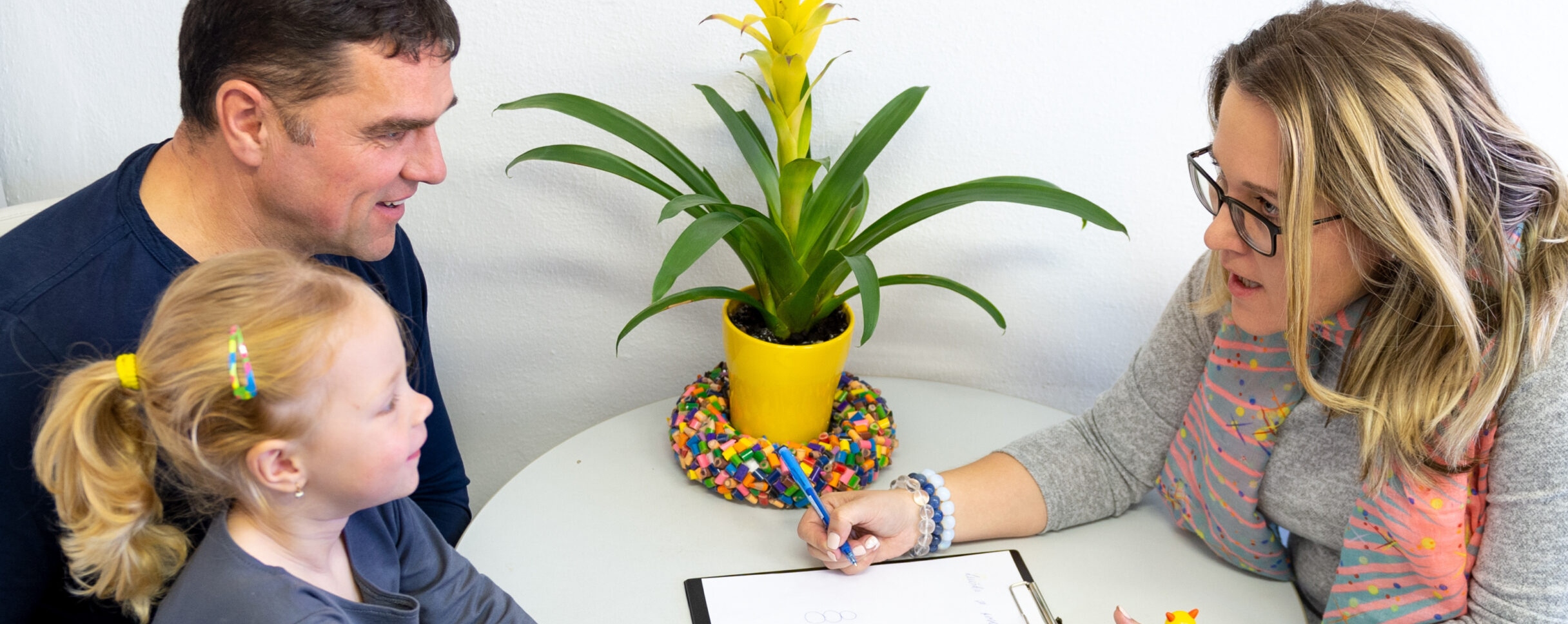5 Steps to Increasing Family Engagement with AEPS-3
PublishedFamily input, engagement, and participation are critical success factors in assessment and intervention. Today’s post outlines a five-step process for helping to ensure that families of young children participate throughout AEPS-3, from assessment to ongoing progress monitoring.
STEP 1: Introductory Meeting
Hold an introductory meeting with the child’s primary caregivers and other family members in a place that’s convenient and comfortable for the family. At this initial meeting, be sure to
- Explain to the family your program’s philosophy, procedures, and range of services and resources.
- Encourage the designated caregiver to discuss their general concerns and interests.
- Find out how they would like to be involved in their child’s assessment, goal/outcome development, teaching/intervention, and progress monitoring activities.
- Complete the necessary program forms.
- Discuss the procedures your program has in place to maintain confidentiality.
STEP 2: Family Report and/or FACS Completion
If the caregiver is willing to participate in assessment, ask them to consider completing the Family Report and/or the Family Assessment of Child Skills (FACS) while the professional team is completing the AEPS-3 Test or Ready-Set.
Both the Family Report and FACS offer flexible administration options. Family members can:
- complete either or both forms independently
- give a staff member the information verbally during an interview
- participate in a conversation to complete the forms, involving one or more family members and a professional
Helpful AEPS-3 family engagement forms and handouts (Family Report, FACS and Ready-Set FACS, and Child Progress Record; What Is AEPS-3?, AEPS-3 Developmental Areas, and AEPS-3 Family Materials handouts; and IFSP/IEP Planning Guide) are also available in Spanish and can be found in AEPSi and on the Forms USB. (See this post for an overview of the AEPS-3 family support materials.)
STEP 3: IFSP/IEP Development and Intervention Planning Meeting
After assessment data are collected, your team—including the child’s caregiver—should meet to do the following:
- Summarize the results and prioritize the IFSP/IEP outcomes or goals. Let the family determine the priorities whenever possible, and develop an intervention and plan for each priority outcome or goal.
- Design teaching/intervention activities.
- Determine an acceptable plan to monitor progress for each goal/outcome.
- Produce an IFSP/IEP document, obtaining signatures and distributing copies of the final IFSP/IEP document (this may require more than one meeting).
If possible, make sure the meeting includes a program staff member who is familiar with the child and family and with whom they are comfortable.
STEP 4: Teaching/Intervention
This step focuses on implementing the plans developed in the previous step. Professionals and caregivers collaborate to create activities or use routine activities that give the child opportunities to reach targeted goals/outcomes.
During this teaching/intervention phase, the child’s entire team—including families—should be aware of and involved in supporting the child’s work on developing specific new skills. Family members can often identify the child’s favorite activities that support increased practice opportunities. Professionals may have specific teaching/intervention strategies that will help caregivers provide skill practice for the child.
It’s important for everyone to understand that practice opportunities frequently lead the child to develop new skills. Teaching/intervention should be offered across the day, at various times, in different settings, with various materials, and by different people in the child’s life. Family members often report the child’s use of a new skill at home before other team members are aware of it, so a child’s progress and skill acquisition often depend on regular team communication.
STEP 5: Ongoing Progress Monitoring
Ongoing progress monitoring or review is conducted as specified in the IFSP/IEP. The team—including families—can work together to revise goals and intervention activities as needed, based on progress monitoring information.
Family engagement in progress monitoring provides a needed perspective. Family members should be encouraged to report changes in the child’s skills at home, and that information in turn can be compared with reports from child care settings or center-based programs. Let caregivers know they can review the Family Report and/or FACS to make changes or use the Child Progress Record to help them monitor their child’s progress.
***
Keep in mind that these five steps are only guidelines. Because each family has different values, needs, and circumstances, you may need to tailor the steps significantly to address a family’s unique situation as well as program resources. For a more detailed description of this five-step process for family participation, see Chapter 4 of the AEPS-3 User’s Guide.
Today’s post has been adapted from the AEPS®-3 User’s Guide (Volume 1), by Diane Bricker, Ph.D., Carmen Dionne, Ph.D., Jennifer Grisham, Ed.D., JoAnn (JJ) Johnson, Ph.D., Marisa Macy, Ph.D., Kristine Slentz, Ph.D., and Misti Waddell, M.S.



